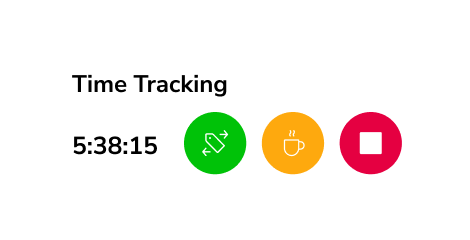Over the years, I’ve learned that no one tool gets you out of a problem. One of the traits of a good tradesman is their ability to find a solution, regardless of the resources available. As they say: “A good workman never blames their tools”.
That being said, there are, without a doubt, tools that make our life much, much easier, to the point where we start to think about how we managed without them.
Sure, hammers and drills can get you through the day, but the real magic lies in those clever bits of kit you didn’t even know existed until someone lent you theirs or you stumbled across it during a late-night online tool-buying spree.
Here are seven game-changing tools I’ve come across, and in my humble opinion, deserve a place in every builder’s tool kit. Let’s go.
This Article Covers:
- There’s Laser Meters, and There’s Laser Meters
- Builders Marker: More Than Just a Pen
- The Japanese Pull Saw: A Cut Above the Rest
- Self-Centering Drill Bits: Perfect Holes, Every Time
- Tool Tracking: Fight Back Against Tool Theft
- Kreg Pocket Hole Kit: Joinery Made Simple
- Keep Tabs on Time the Smart Way
- Final Thoughts: Little Tools, Big Impact
There’s Laser Meters, and There’s Laser Meters
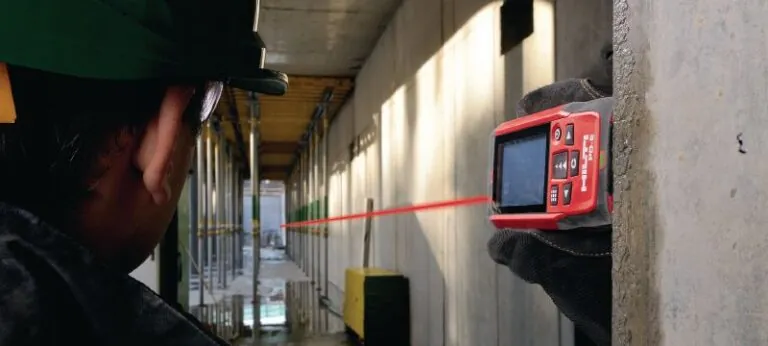
(hilti.com)
Most of us have one (or a few) laser meters. This handy tool allows us to rip around a job site and take measurements with the click of a button. Lazer meters were a revolution in the industry, allowing us to leave our tape measures in our pockets when we need to take certain measurements quickly.
However, I have had my fair share of frustrations and disappointments. Consistency, reliability, and calibration have always been issues with these devices, and I’d begun to lose faith as I crunched my way through different brands, looking for the holy grail that could consistently take accurate measurements.
I’d almost lost faith, including one particular brand (that was not cheap), through which you could ping the same measurement twice, and it would give you two different readings. However, faith was restored when I came across this particular model:
The Hilti PD-I and PD-E laser meters are absolute beasts. I opted for the PD-E, but I was equally impressed when trying out the PD-I. In case you’re wondering, “E” is for Exterior, and “I” is for Interior.
These aren’t just your standard issue laser pointers for showing off to the lads and lasses, but cursing under your breath when your cuts of timber don’t fit, they’re full-on measurement wizards.
They calculate everything: distances, volumes, square meterages, and even heights from a distance.
Need to figure out the volume of a room for materials or heating calculations? Done. Want a list of all your measurements neatly displayed as a shopping list on a screen? Easy. Need to get a measure of a gable wall from the other side of an excavation without getting your boots muddy? No problem.
The PD-E even comes with a long-distance range finder, good for up to 656 feet, and a viewing scope that will make you feel like James Bond.
Most importantly, they’re the first laser meters I’ve used that are actually reliable and measure accurately consistently. Trust me, in this instance – once you go Hilti, you’ll never go back. That is, provided you’re prepared to swallow the eye-watering $699 price tag!
Builders Marker: More Than Just a Pen
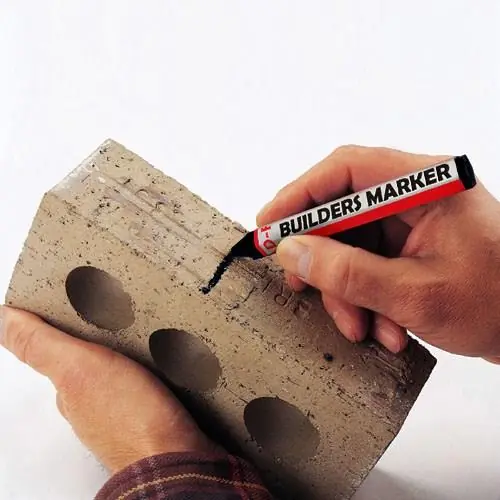
(kawstore.co.uk)
For something on the opposite end of the price spectrum, markers may not seem like a big deal, but I’m still amazed as to why I don’t see more people in construction with one of these in their top pockets.
Whether you’re a site manager looking to mark up datum points for the groundworkers, an architect showing where the cladding should end, or a bricky needing to mark concrete blocks in the pouring rain, everyone should have a paint maker or two in the van.
A standard marker fades, smudges, or simply doesn’t work on certain surfaces. Enter the builder’s marker. These paint markers write on anything – steel, concrete, timber, plastic, you name it – and the markings last through rain, dust, and the general chaos of a job site.
I once used a builders marker to label all the cut lengths on a batch of steel beams. The beams were transported over 200 miles to the site during torrential rain. When they arrived on site, the markings stayed crisp and clear. No more guessing or squinting at faded lines.
If you’ve ever had to redo work because of a smudged mark, you will appreciate how much this can save the day.
The Japanese Pull Saw: A Cut Above the Rest
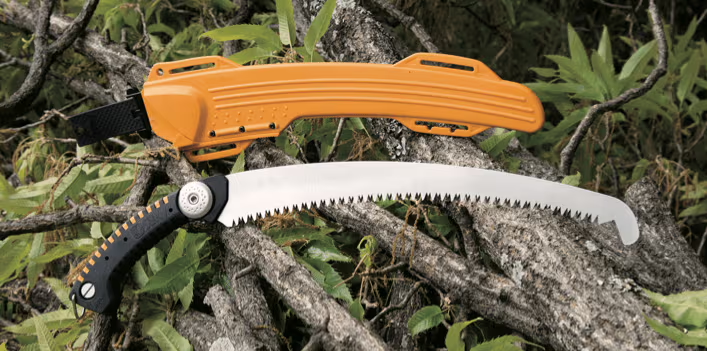
(silkysaws.com)
I’ll admit, I was skeptical when someone handed me my first Silky Saw. What was this odd-looking bit of kit that looked like it should belong in a Bruce Lee movie, not a job site?
However, the first time I used it? Mind blown. Unlike traditional saws that cut on the push stroke, these Japanese-inspired saw cuts on the pull, giving you way more control and precision.
I ended up keeping a Silky Saw in the back of the van for quickly cutting back overgrown trees when inspecting sites, or cutting rough timber at speed.
There are also ranges of pull saws for more delicate carpentry such as trimming intricate architrave, or precision joinery work.
Self-Centering Drill Bits: Perfect Holes, Every Time
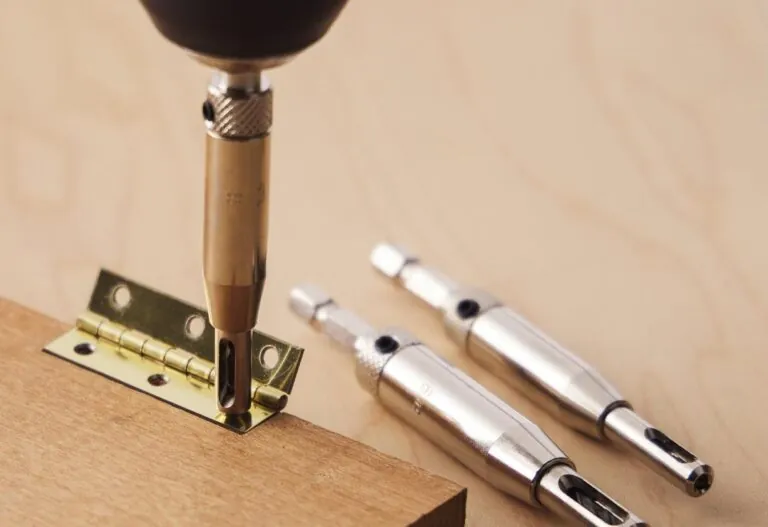
(leevalley.com)
If you’re not yet using self-centering drill bits for fixing ironmongery, hanging doors, or installing kitchens and sanitary ware, you’re making life far harder than it needs to be. These clever bits ensure your pilot holes are dead-center every time, which means no more misaligned screws or wobbly hinges.
I first picked up a set while working alongside a kitchen fitter as an apprentice. The job called for flawless cabinetry, and these bits were a revelation for me. Not only did they save time, but they also saved me the embarrassment of explaining why the hinge doesn’t sit square within the recess I’d cut.
If you’re into detailed work – or just want your projects to look as good as they function (which should be all of us), these are a no-brainer and are pretty cheap to pick up from most builders merchants.
Tool Tracking: Fight Back Against Tool Theft

(theconversation.com)
Tool theft isn’t just frustrating – it’s a growing epidemic on job sites and from vans. According to the Insurance Journal, as of 2023, tool theft in the US alone accounts for $1 billion annually. This cost isn’t just financial, it’s also time lost, projects delayed, and trust eroded.
With power tools, laser levels, and generators fetching a pretty penny on the black market, thieves are getting bolder, and construction workers are paying the price.
This is where tool tracking comes in. There are a few construction-specific products on the market, such as the Milwaukee One-Key, however, personally, I prefer the more established products such as Apple AirTags and Samsung Galaxy SmartTags.
The reason is they use massive networks like Apple’s “Find My” or Samsung’s SmartThings, leveraging the large network of nearby devices to give you pinpoint accuracy without relying on GPS.
And with battery life lasting months or even years, they’re a low-maintenance solution to a high-stress problem. Not to mention, the smaller size means they can be tucked inconspicuously away from the detection of thieves.
These little lifesavers are small, discreet, and incredibly effective at keeping tabs on your gear. Slip one into the case of your cordless drill, tuck it under your tool chest, or attach it to your generator, and you’ll always know where it is – even if someone else tries to make off with it.
I’ve seen the fallout of tool theft firsthand. Unfortunately, I’ve had job sites done over more than once, and have suffered thousands of dollars worth of losses. Had I had trackers at the time, I may have been able to recover some of them.
Kreg Pocket Hole Kit: Joinery Made Simple
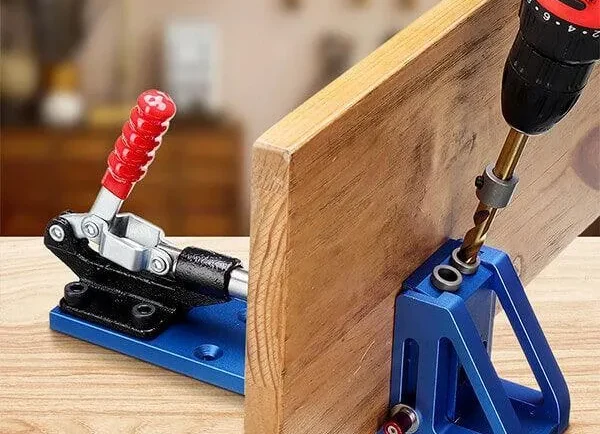
(warmlivings.com)
If you’ve ever struggled with awkward joints or wobbly assemblies, the Kreg Pocket Hole Kit is about to become your new best mate. This kit makes it ridiculously easy to create strong, invisible joints in wood. Whether you’re building furniture, framing pipe boxes, or assembling cabinetry, it streamlines the process and delivers results that look professional.
My trade background was as a carpentry joiner, and I learned the difficult way to build cabinet carcasses. Using the Kreg Kit almost feels like cheating.
I first bought this set personally to build some units in my garage workshop. Not only were the joints rock-solid, but the whole thing came together faster than I thought possible. I also like how when it’s all said and done, you can’t see a single screw head, which makes the whole job look professional and clean, even if it only took 30 minutes to put together.
Keep Tabs on Time the Smart Way

Anyone who has run a construction project will tell you it’s not about managing the build, it’s managing the people.
Managing a team is hard enough, and when you’re dealing with large quantities of people on-site, it’s too easy for things to go unnoticed, tradies to claim additional hours here and there, and missing subcontractors to put in timesheets when they were in fact on another job altogether.
I like to use time tracking software to manage everyone’s hours automatically. These bits of kit allow you to automate recording who’s on-site when, clock hours, and report to payroll. All without chasing the guys and girls on site to hand in their timesheets on time, or squinting to read Steve the scaffolder’s handwriting.
Now everything’s digital, there is no excuse. It’s not just about payroll, either – it’s about accountability. When everyone knows their time is being tracked, they’re a lot less likely to disappear on “extended tea breaks.”
With advanced features like GPS tracking, geofencing, and facial recognition, time management tools like Jibble aims to replace old-fashioned clock-ins and time sheets.
GPS tracking ensures you know exactly where your team is working, geofencing creates virtual boundaries to log attendance automatically when employees enter or exit a site, and facial recognition eliminates “buddy punching” by verifying each worker’s identity.
Final Thoughts: Little Tools, Big Impact
In construction, it’s the little things that can make a big difference. These seven tools might not grab headlines, but if used correctly, they’ll save you time, money, and no small amount of stress. Whether you’re a seasoned pro or just starting out, in my view they’re worth every dollar.
So, go ahead – treat yourself to a builders marker that never quits, a laser meter that thinks faster than you can, and a saw that makes every cut a masterpiece. Your toolbox – and your projects – will thank you.



